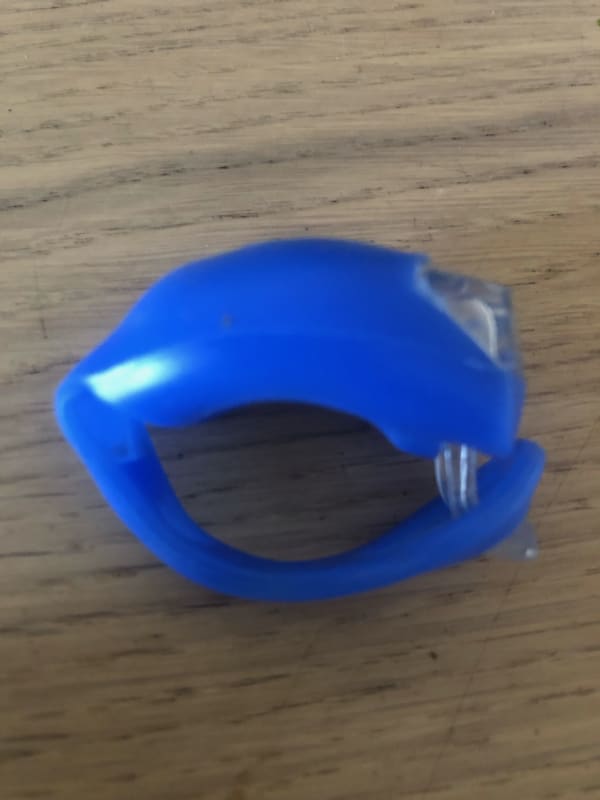As Compositepro points out in his 22Nov23@21:20 post, if a circular strap is placed around a cylinder of radius r and is tensioned to a uniform value T0, the radially-directed pressure between the strap and the cylinder is p = T0/r (units of force/length).[ ] It follows from this that the strap will slip around the cylinder under the action of a torque of magnitude 2πµrT0 (where π is pi and µ is the coefficient of friction).[ ] If this torque is generated by a uniform, circumferentially-directed force applied around the strap's entire circumference the force's magnitude would be 2πµT0.
But this is not much use to the OP, whose "elastic strap" is not subjected to such a tractible uniform loading.[ ] As an alternative I investigated the situation where the band carries a single tangentially-directed concentrated force.[ ] This force will tend to increase the band's tension immediately behind it and stretch it a bit more, and to do the opposite immediately in front of it.
After a few false starts, I came up with the result that the strap will begin to slip when the single tangential force is
2πµT0/(1-e-2πµ)
My workings are attached.
[Note to any potential user.[ ] As the Ancient Romans used to say about their calculus, "caveat emptor":[ ] a dictum that should be assumed to apply all the more when the price is zero.]
[ ]—————————————————————————————————
Engineering mathematician / analyst.[ ] See my profile for more details.

